Top 5 Rules to Rule AI Marketing Tools Like a Pro
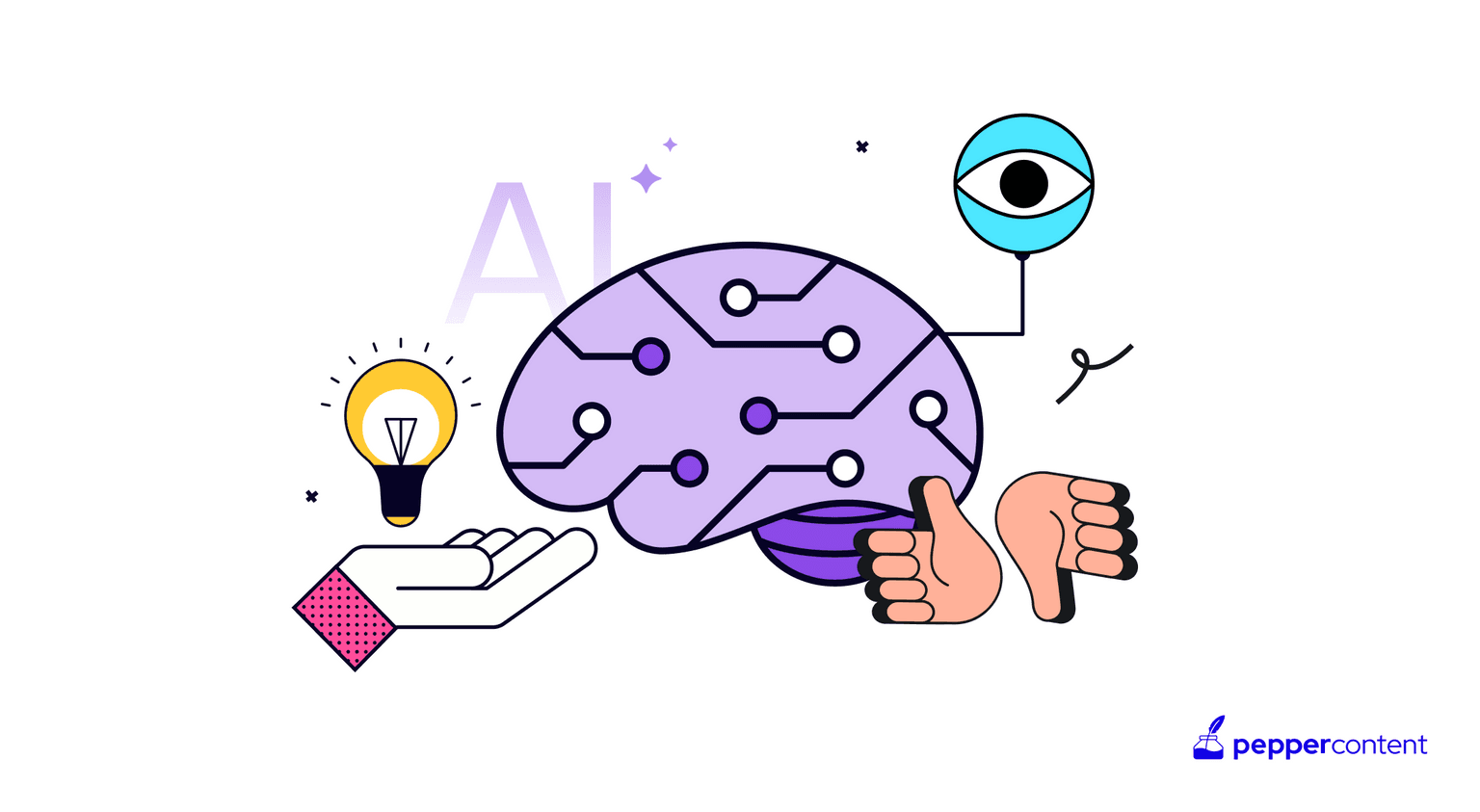
Marketing with AI is like stepping into a whole new world. Every little thing users do–clicks, searches, and purchases—tells a story. Think of AI as more than just a tool; it’s a revolutionary force, reshaping how you connect with your audience. As things shift quickly, you’re not just tweaking strategies but reinventing the game. And in this game, AI tools are flipping the script.
But with innovation comes the challenge. Navigating through the complexities of data privacy, integration, and the relentless pace of change requires understanding and foresight. Yet, the potential is thrilling. Imagine delivering personalized experiences that feel like they’re crafted just for your customer, or deciphering data with a precision that once seemed like fiction.
This journey into AI in marketing isn’t just about adapting; it’s about leading. Embrace the challenges, harness the potential, and dive into a world where your marketing strategy isn’t just effective, it’s visionary. Welcome to the future—it’s time to make it yours.
Rule 1: Grasp AI Capabilities and Boundaries
As you stand at the brink of the AI revolution in marketing, getting a grip on what AI can and can’t do is more than smart—it’s essential. It’s like understanding the rules of the road before you drive a powerful car.
A. Know What AI Brings to the Table and What It Doesn’t
As the AI market booms, predicted to jump from $15.84 billion in 2021 to a whopping $107.5 billion by 2028, it’s clear AI’s here to stay. But remember, AI’s a tool, not a miracle worker. Sure, it can whip up hyper-personalized content or sift through data faster than you can blink. But it’s not an all-solving wizard. Recognizing its limits keeps your expectations in check.
B. Real Success Stories to Inspire
Consider Nutella’s stroke of genius with AI. They turned jars into canvases, creating 7 million unique labels with AI. This wasn’t just about design; it was about making each customer feel special, each product unique. The result? Shelves emptied as soon as they were stocked. It’s a testament to AI’s potential when used creatively.
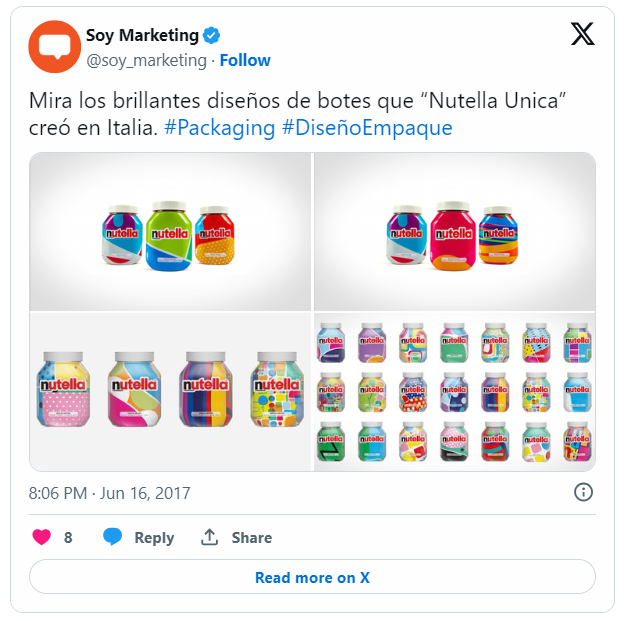
Similarly, professionals like Alice Wu use tools like ChatGPT not to replace the human touch but to enhance it, crafting messages that resonate more deeply. They’re not just using AI; they’re integrating it, making it a part of their creative process.

C. Common Misconceptions
But let’s not get ahead of ourselves. Overestimating AI tools can lead to disappointment. It’s not about replacing every human task but enhancing them, making them more effective, and yes, sometimes more human. AI isn’t about creating a robotic world; it’s about creating a world where humans can focus on being more human—creative, strategic, and empathetic.
So, as you step into the world of AI marketing tools, keep this in mind: AI is a mighty partner, but it demands a sharp understanding, a dash of creativity, and a solid dose of reality. Use its strengths wisely, recognize its flaws, and you won’t just get by in the AI world—you’ll thrive.
Rule 2: Prioritize Data Quality and Management
The next rule is to focus on prioritizing data quality and management. Think of AI tools as a gourmet chef; even the most skilled professional needs quality ingredients to create a masterpiece.
The effectiveness of AI marketing tools is directly linked to the quality of data they’re fed. High-quality data leads to more accurate predictions, sharper insights, and more effective campaigns.
A. The Importance of Top-Notch Data
High-quality data is the lifeblood of AI. With a Gartner survey revealing that 79% of corporate strategists see AI and analytics as critical to their success over the next two years, it’s clear that the data you use isn’t just important; it’s essential.
The better the data, the more effectively AI can analyze patterns, predict behaviors, and personalize experiences. It’s about feeding your AI tools the best data to make the best possible decisions.
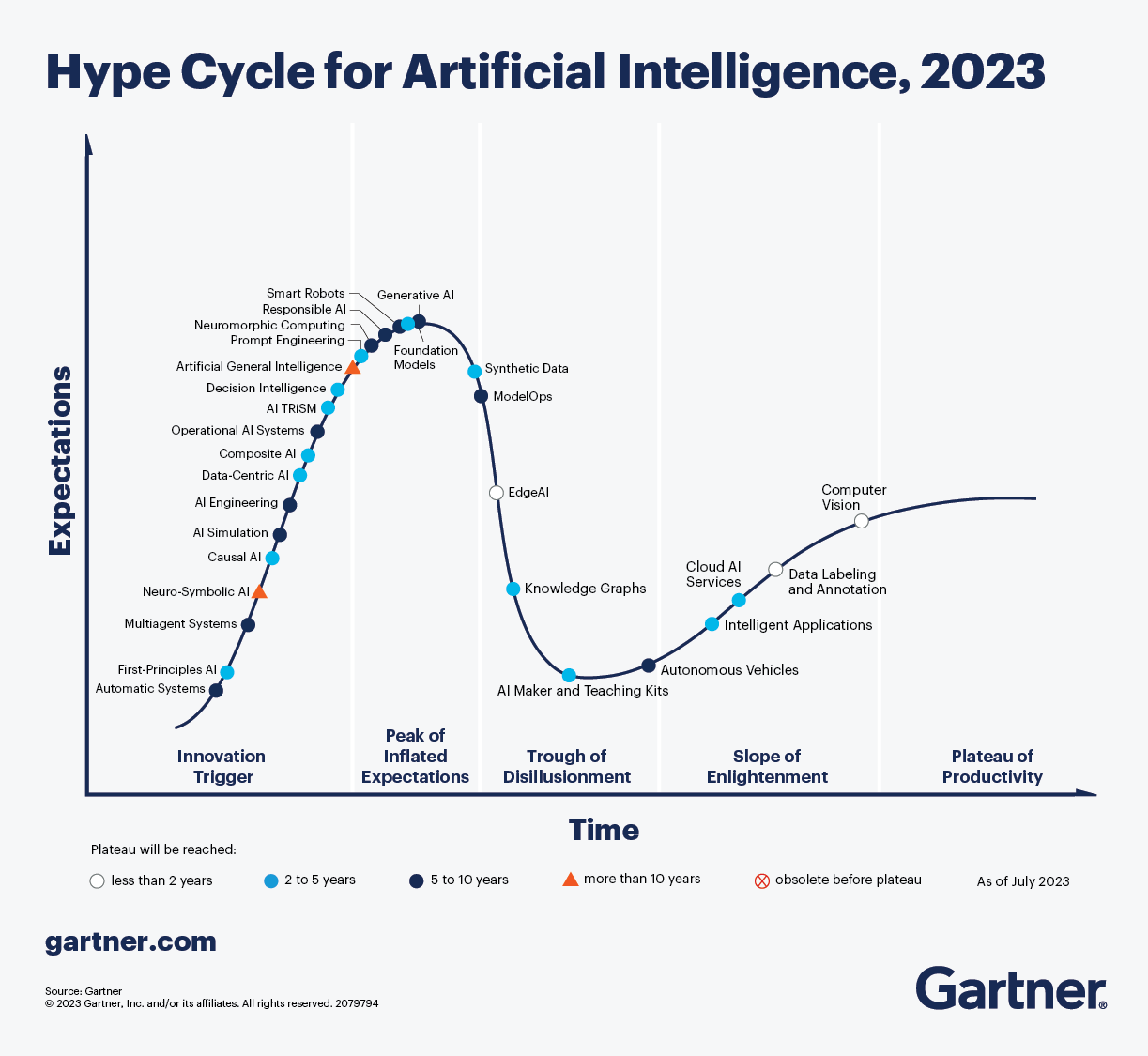
B. Practical Tips for Managing Data with AI Tools
- Collect with Purpose: Gather data that are relevant to your goals. More isn’t always better; better is better.
- Clean Regularly: Regularly check and clean your data to remove inaccuracies and duplicates. Think of it as keeping your engine running smoothly.
- Update Continuously: Keep your data fresh and relevant. Outdated data can lead to outdated decisions.
- Structure Wisely: Organize your data in a way that makes it easily accessible and understandable for both humans and AI.
- Security First: Implement robust security measures to protect your data. It’s not just an asset; it’s a responsibility.
C. Tackling Privacy and Ethics
As you collect and manage data, remember that with great power comes great responsibility. Respecting user privacy and ethical considerations isn’t just a legal obligation; it’s a trust pact between you and your customers. Be transparent about how you collect and use data.
Ensure compliance with regulations like GDPR and CCPA, and consider the ethical implications of your data use. Your commitment to privacy and ethics not only safeguards your reputation but also builds trust, a currency as valuable as the data itself.
By prioritizing data quality and management, you’re not just preparing your AI tools for success; you’re setting the stage for more informed, ethical, and effective marketing strategies. It’s about creating a solid foundation that allows your AI to drive not just results but also trust and reliability.
Rule 3: Integrate with Existing Marketing Strategies
Rule 3 is all about the seamless integration of AI tools with your existing marketing strategies. It’s about creating a symphony where AI and traditional methods complement each other, enhancing the overall performance without overpowering the human touch that’s crucial to marketing.
A. AI as a Supportive Team Player
AI tools like ChatGPT and Bard are not meant to push aside your current strategies but to augment them. They’re like the turbo in your engine, designed to boost your marketing efforts. ChatGPT, for instance, can take on the heavy lifting of creating personalized email campaigns or generating content ideas that resonate with emerging trends. These tools are here to enhance your creativity and efficiency, providing support where it’s most needed.
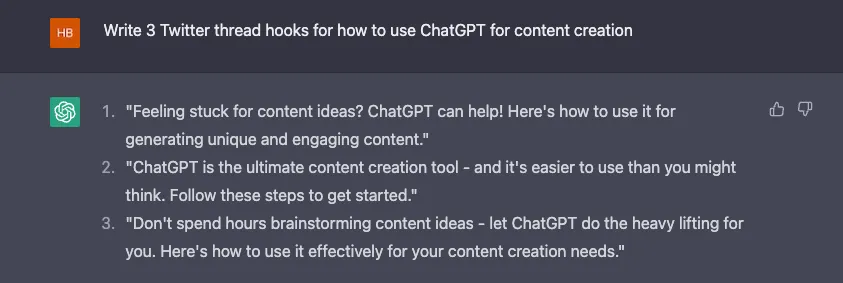
B. Quick Tips for Smooth Integration
- Identify Opportunities: Look for tasks that are repetitive or areas where improvements are needed. AI excels in these spaces.
- Start Small: Introduce AI tools gradually. Let them prove their worth in small, manageable tasks before expanding their role.
- Train Your Team: Ensure your team knows how to leverage these tools effectively. Understanding how to use AI is as important as the tool itself.
- Monitor and Adjust: Keep a close eye on how AI is affecting your workflows. Be ready to tweak and adjust as you go along.
C. The Need for Human Guidance
Despite the wonders of AI, it’s essential to remember that human oversight remains irreplaceable. Humans bring context, creativity, and strategic thinking to the table—qualities that AI can support but not replicate.
For instance, while ChatGPT might offer a range of content topics, it’s the human marketer who can pick the one that best aligns with the brand’s voice and audience’s interests. Use AI as a tool for suggestions and automation, but let human insight drive the final decisions.
By understanding and respecting the roles of both AI and human insight, you can create a marketing strategy that’s not just effective but also resilient and adaptable. It’s not about choosing between AI and traditional methods but about finding the perfect balance that enhances your marketing efforts and keeps your brand relatable and human.
Rule 4: Embrace Continuous Learning and Adaptation
When you move forward into the world of AI in marketing, rule 4 stands out the most. It is all about embracing continuous learning and adaptation. As AI tools evolve and improve, staying updated and adaptable isn’t just beneficial; it’s essential for maintaining a competitive edge.
A. The Ever-Changing Nature of AI
AI tools aren’t static; they’re continually learning and improving. With each update and iteration, they become more sophisticated and capable. This evolution means that regular updates and maintenance of your AI tools are crucial.
Just as you wouldn’t ignore updates to your smartphone or computer, you shouldn’t overlook updates to your AI tools. These enhancements are designed to offer you more precise analytics, better-targeted strategies, and more personalized customer interactions.
B. Keep Up with AI Developments
In the fast-paced world of AI, keeping abreast of the latest developments is vital. Here are a few tips:
- Follow Industry Leaders: Keep an eye on what thought leaders and innovators are saying about the future of AI in marketing.
- Attend Workshops and Webinars: Regularly engage in learning opportunities to understand the latest tools and strategies.
- Join Online Communities: Participate in forums and groups where professionals discuss AI marketing tools and trends.
C. Evolve Your Strategies
Embrace a mindset of continuous learning and adaptation. As AI tools and technologies evolve, so should your strategies. It’s about being agile, ready to pivot, and open to new ways of doing things.
Consider the example of ClickUp, which used Surfer SEO’s natural language processing AI and machine learning technology to optimize its content. By understanding which keywords to include and the ideal structure for articles, they saw an 85% increase in organic, non-branded traffic. They didn’t just use AI; they adapted to it, continually learning and adjusting their strategies for better results.
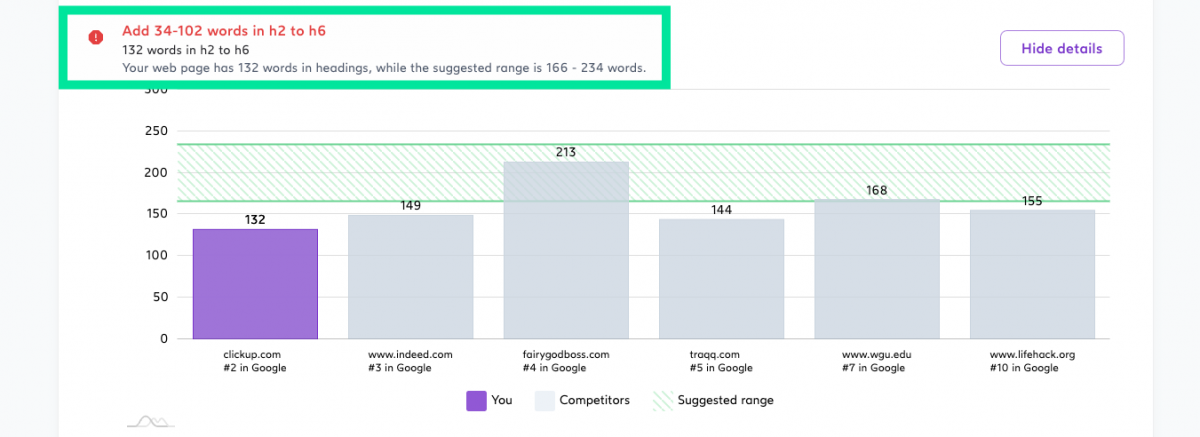
Incorporating AI into your marketing isn’t a one-time setup. It’s a continuous journey of learning and adaptation. As AI evolves, so will the ways it can enhance and refine your marketing efforts. By staying informed, adaptable, and always ready to learn, you’ll not just keep up with the pace of change—you’ll be leading the way.
Rule 5: Measure Success and ROI
Rule 5 brings you to the critical aspect of measuring success and return on investment. Understanding how to evaluate and measure the impact of your AI tools is crucial for refining strategies and justifying investments.
A. Assessing AI in Marketing
To assess the effectiveness of AI in your marketing campaigns, you need a clear set of methods and metrics. Start by setting specific goals for what you want your AI tools to achieve, whether it’s increased engagement, higher conversion rates, or more efficient customer service.
Then, use metrics that align with these goals to measure performance. For instance, if you’re using AI for personalized marketing, you might measure success through click-through rates, conversion rates, or customer retention figures. The key is to choose metrics that reflect the true impact of AI on your marketing objectives.
B. Key Metrics and Indicators
When it comes to AI-powered initiatives, certain Key Performance Indicators (KPIs) can provide deeper insights. These might include:
- Engagement Metrics: Track how AI-enhanced content performs in terms of likes, shares, and comments.
- Conversion Rates: See how AI recommendations and personalizations increase the percentage of visitors who take the desired action.
- Customer Lifetime Value (CLV): Measure how AI-driven customer experiences improve the long-term value of your customers.
- Cost Savings: Quantify how AI automation and efficiency reduce operational costs.
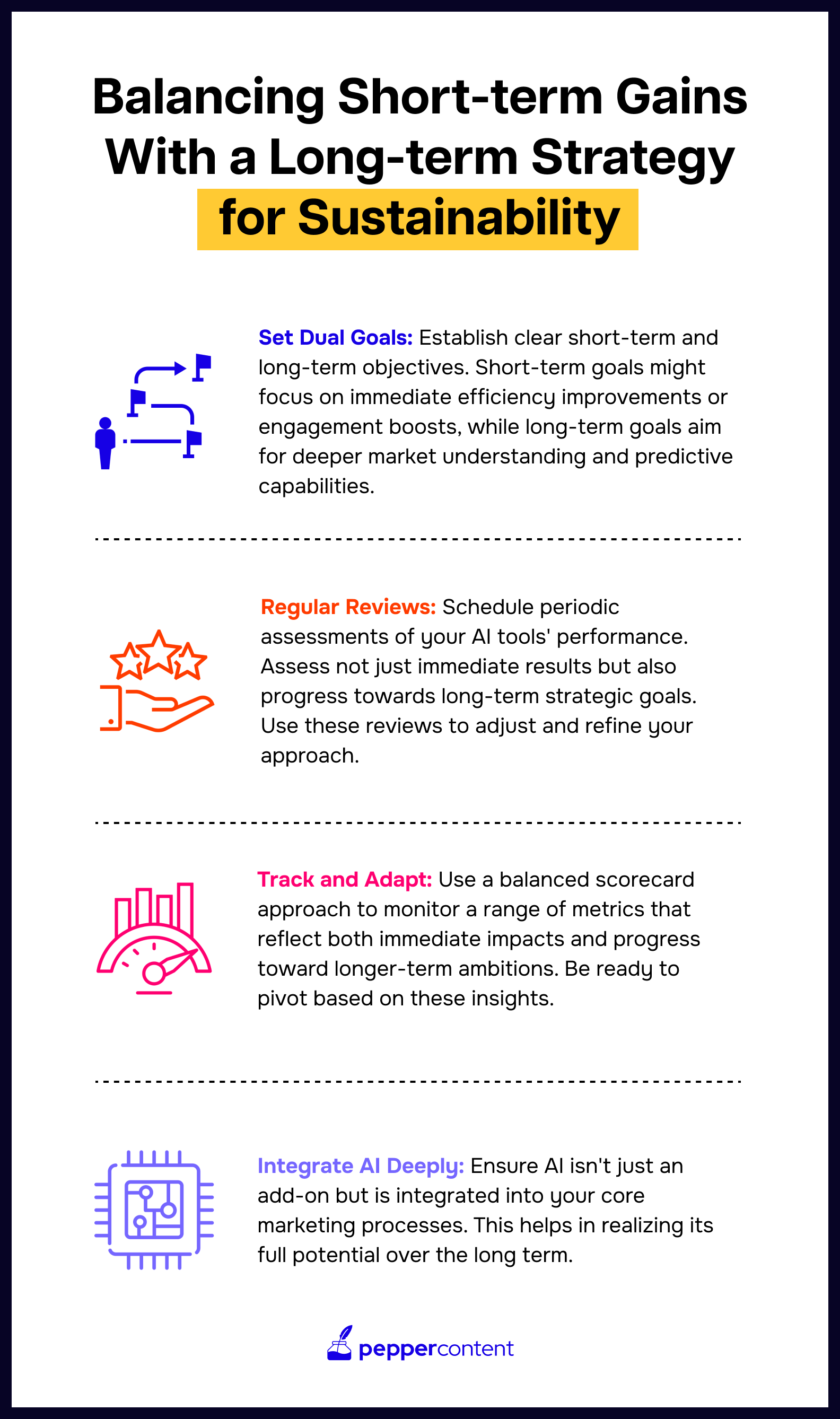
Measuring the success and ROI of your AI initiatives is about understanding the value AI brings to your marketing efforts. By carefully evaluating AI tools, focusing on relevant metrics, and balancing immediate results with a long-term strategy, you can not only justify your investment in AI but also continuously refine and enhance its role in your marketing strategies.
Future-Proof Your Marketing with These 5 AI Rules
As we look back at the key rules for integrating AI into your marketing, keep in mind: knowing AI’s potential lays the foundation, focusing on data quality drives your efforts, blending AI with your current tactics creates harmony, committing to ongoing learning charts the course, and tracking success ensures you stay on the right path.
The future of AI in marketing isn’t a far-off vision—it’s happening now. As AI keeps advancing, your strategies should too. Stay informed, flexible, and open to the profound changes AI brings. Your journey with AI in marketing is just getting started, and the opportunities are as vast as your readiness to explore and innovate.
We know that sometimes, it’s not just about hitting high quality, but also about crafting content that truly reflects what your brand is all about. So if you are looking to supercharge your marketing strategy with AI, don’t forget to check out Pepper CMP’s GenAI for enterprises.
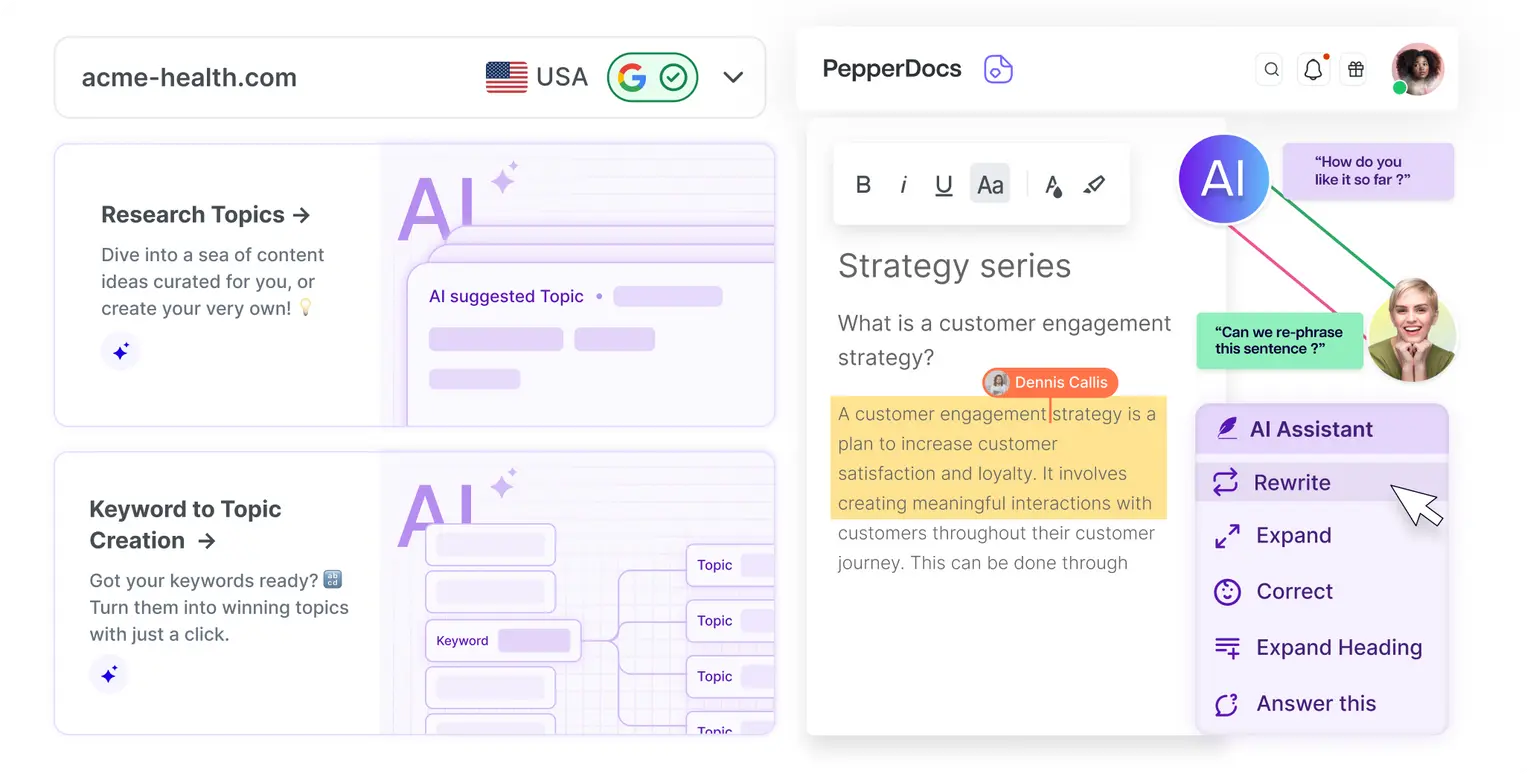
Book a demo today to know more.
Latest Blogs
Explore how Google’s 2025 AI search updates triggered ranking chaos. Learn actionable strategies to adapt your SEO for AI Overviews, zero-click searches, and SERP volatility. Stay ahead now.
Learn how to rank on AI search engines like ChatGPT, Perplexity, and Gemini by optimizing your content for authority, structure, and relevance. Stay ahead in AI-driven search with this strategic guide.
Explore the best healthcare SEO services for your medical practice. Improve online visibility and effectively reach more patients in need of your services.
Get your hands on the latest news!
Similar Posts
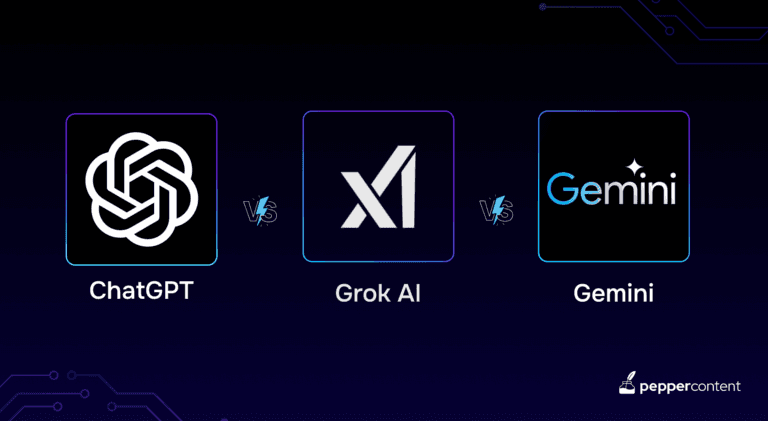
Generative AI
8 mins read
ChatGPT vs Grok AI vs Gemini AI: Everything You Need to Know About These Powerful AI Assistants
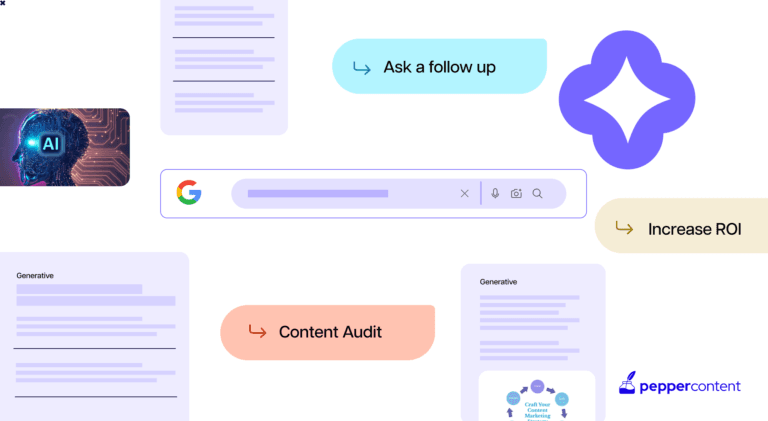
Generative AI
8 mins read
What B2B Marketers Need to Know About Google’s AI Search Future
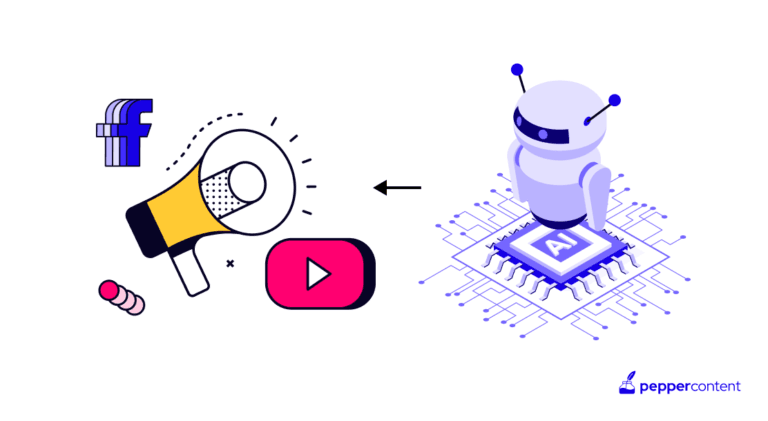
Generative AI
7 mins read